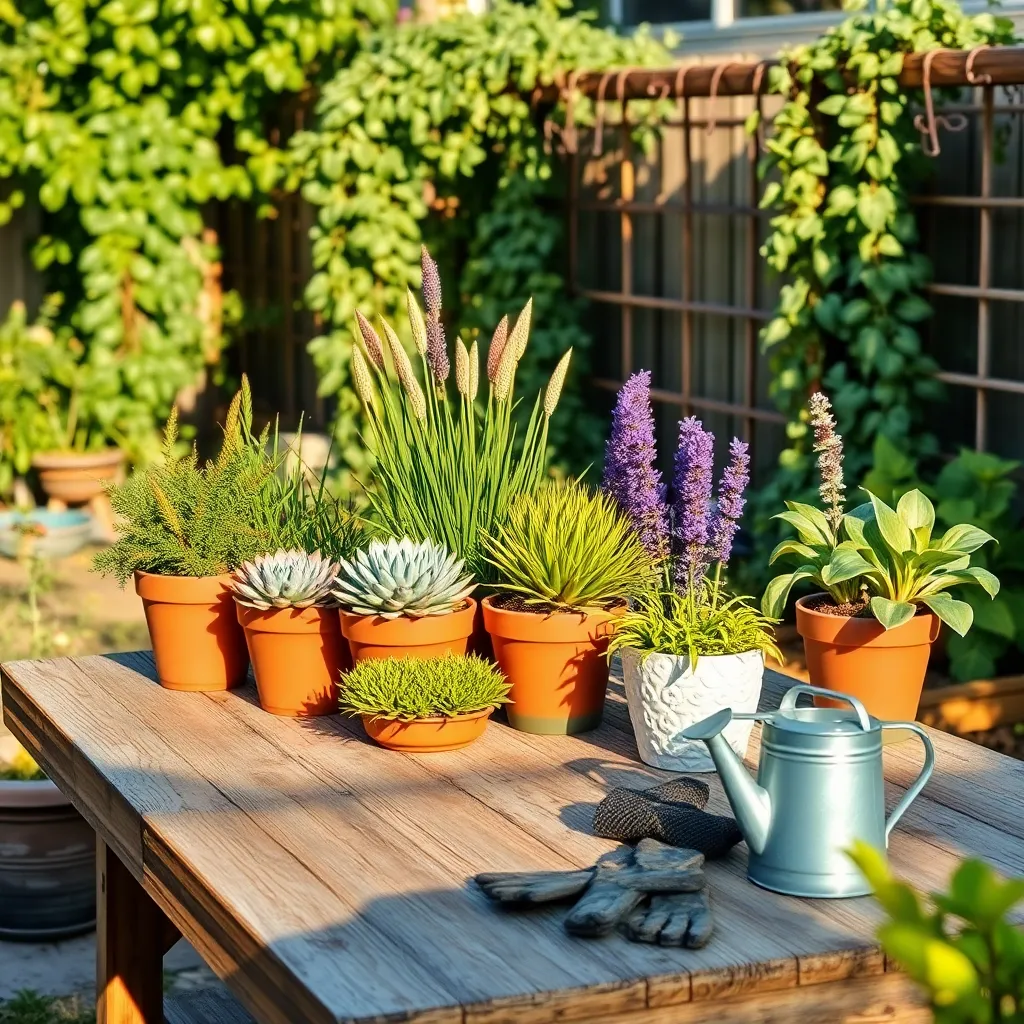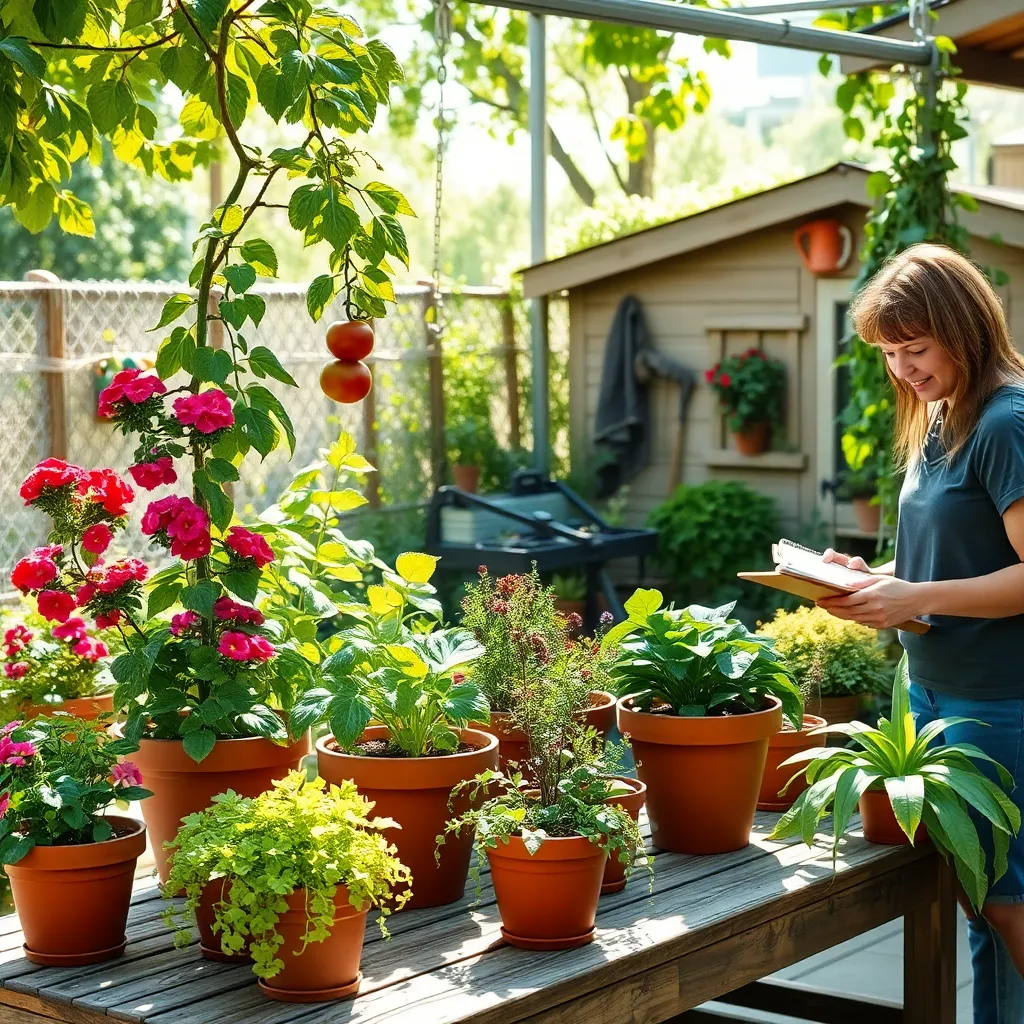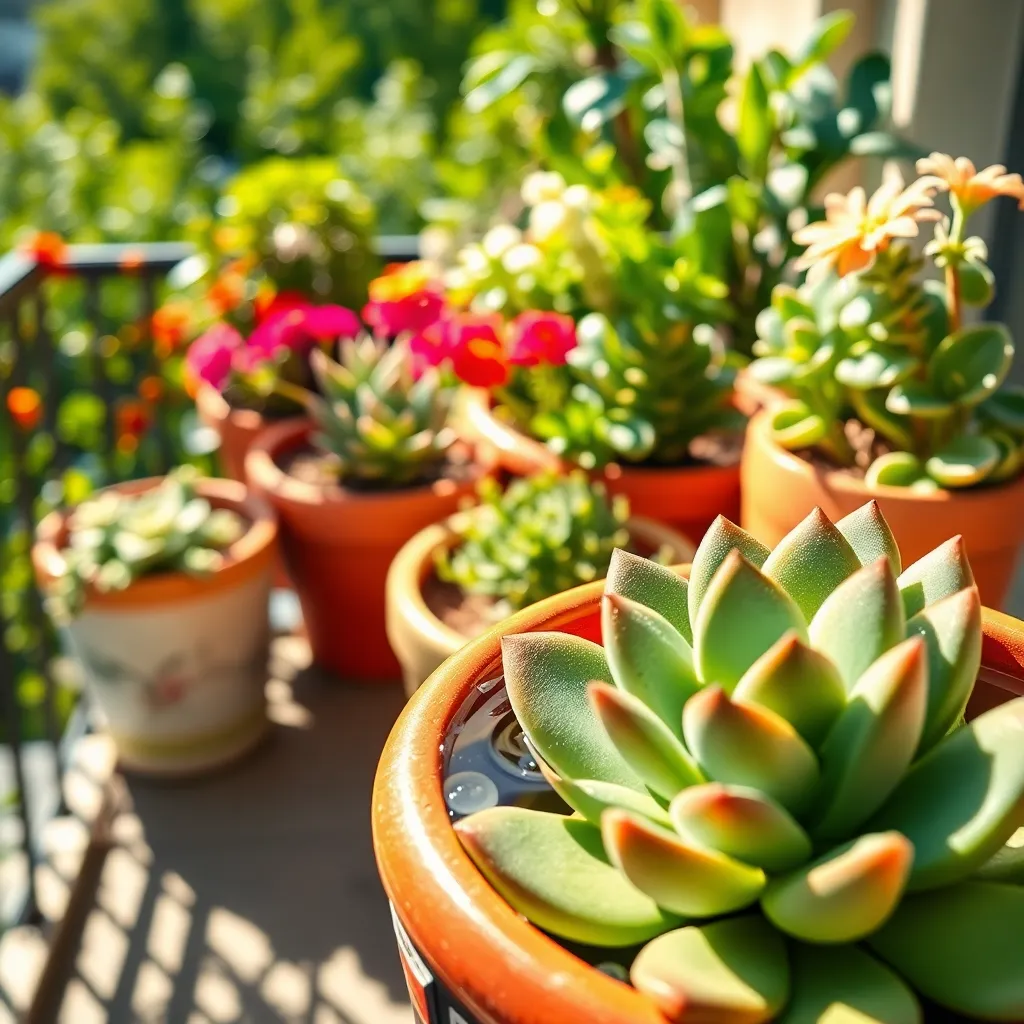Ah, the joy of gardening—the thrill of nurturing life and watching it flourish under your care is unmatched. But for those who frequently find themselves away from home, maintaining a thriving garden can seem like an impossible dream. Whether you’re a green-thumbed novice or a seasoned gardener with years of experience, “Gardening Tips For Frequent Travelers” is here to assure you that your love for plants can travel with you. This guide will equip you with strategies that not only keep your garden vibrant but also make your return home feel like reuniting with an old friend.
Imagine coming back to a garden that has thrived in your absence, greeting you with lush greenery and vibrant blooms. By diving into this collection of tips, you’ll uncover practical techniques that simplify garden maintenance while you’re away, ensuring you can enjoy the rewards of successful gardening without the worry. From choosing resilient plant varieties to automating watering systems, each tip is designed to empower you with confidence and ease. So, let’s embark on this gardening journey together, where time away doesn’t mean sacrificing the beauty and satisfaction your garden brings.
Install Automated Watering Systems

Investing in an automated watering system can significantly ease the burden of plant care while you travel. These systems can be customized to cater to the specific needs of different plants, ensuring they receive the right amount of water even when you’re not around.
Consider setting up a drip irrigation system if you have a variety of plants with different moisture requirements. This allows you to target the root zone directly, minimizing water wastage and ensuring that each plant gets its ideal hydration level.
Smart controllers can further enhance your automated watering system by adjusting schedules based on weather conditions. Look for controllers that can be connected to your smartphone, allowing you to monitor and adjust watering times from anywhere in the world.
For those new to gardening, start with a basic timer system that can be easily installed on a standard garden hose. As you become more comfortable, you can expand your setup with additional features like soil moisture sensors for more precise water management.
Choose Low-Maintenance Plant Varieties

When selecting plants for your garden, opt for low-maintenance varieties that can thrive with minimal attention. Succulents, for instance, are an excellent choice as they require infrequent watering and can tolerate a range of light conditions.
Consider using native plants that are naturally adapted to your local climate and soil conditions. These plants typically need less water and fertilizer, making them an ideal choice for gardeners who travel frequently.
Another great option is to plant perennials, which return year after year with little intervention. Species like lavender and sage not only add beauty but also attract pollinators like bees and butterflies, enhancing your garden’s ecosystem.
For those with limited time, implementing a mulching strategy can significantly reduce maintenance. Mulch helps retain soil moisture and suppress weeds, allowing your plants to flourish without constant care.
Use Mulch for Moisture Retention

Using mulch is an excellent way to retain moisture in your garden, especially when you’re frequently away. By covering the soil with a layer of organic material such as bark, leaves, or straw, you can significantly reduce evaporation.
Consider applying a mulch layer about 2 to 4 inches thick around your plants. This thickness is ideal for keeping the soil temperature stable and minimizing water loss.
Ensure you leave a small gap between the mulch and the base of your plants. This prevents rot and allows your plants to breathe while still benefiting from the moisture retention.
For those with more advanced gardening skills, experimenting with different types of mulch can yield even better results. For instance, using a combination of wood chips and shredded leaves can create a nutrient-rich, moisture-retentive environment perfect for a variety of plants.
Arrange for Neighborly Plant Check-ins

Engaging with neighbors for plant check-ins is a practical strategy for frequent travelers. This arrangement ensures your plants remain healthy and thriving even in your absence.
Start by identifying a neighbor who shares an interest in gardening or is willing to learn. Providing them with a simple care schedule can make the process easy and enjoyable for them.
It’s beneficial to list specific instructions, such as watering frequency, preferred soil moisture levels, and sunlight requirements. Consider labeling your plants with these details, which will help your neighbor provide consistent care.
For more experienced gardeners, you might share tips on specific plant care, like which plants need deadheading or pruning. Encourage your neighbor to observe signs of pests or diseases, and offer guidance on simple remedies.
In return, offer to reciprocate the favor when they’re traveling, fostering a supportive gardening community. This mutual arrangement not only benefits your plants but also strengthens neighborhood bonds.
Set Up Self-Watering Planters

Self-watering planters are a fantastic solution for frequent travelers who worry about their plants being under-watered. These planters use a reservoir system that allows plants to absorb water as needed, ensuring they stay hydrated even when you’re away.
To set up a self-watering planter, start by choosing a planter with a built-in reservoir or create your own using a double-pot system. Fill the reservoir with water, and the soil will wick moisture up to the plant roots through capillary action.
Choosing the right soil is crucial for the success of a self-watering system. Opt for a light, well-aerated potting mix that contains materials like perlite or vermiculite, which enhance water retention and drainage.
For beginners, starting with hardy plants like peace lilies or pothos is advisable; these plants thrive in consistently moist conditions. More experienced gardeners might experiment with herbs like basil or mint, which appreciate the steady moisture provided by self-watering planters.
To maintain the system, check the water level in the reservoir every week or two, adjusting based on plant needs and environmental conditions. This simple routine helps ensure your plants remain healthy and thriving, even when you’re not there to tend to them daily.
Conclusion: Growing Success with These Plants
In exploring ‘Gardening Tips For Frequent Travelers,’ we’ve uncovered five key relationship concepts: the importance of communication, establishing trust through consistency, nurturing intimacy despite distance, maintaining individuality while staying connected, and leveraging technology to bridge the physical gap. These insights remind us that, like a well-tended garden, relationships require consistent care and attention, even when life demands we travel different paths.
Now, take the actionable step of scheduling a dedicated weekly check-in with your partner to reinforce these concepts and ensure your relationship continues to flourish. Whether it’s a video call or a heartfelt message, make it a priority to reconnect and nurture your bond.
As you journey forward, save this article as a handy reference to revisit these principles whenever you need a refresher. Simply bookmark it now to keep these insights at your fingertips.
Remember, the seeds of relationship success are sown in consistent effort and mindful connection. By applying these strategies, you’re empowering your partnership to thrive, no matter where life’s adventures take you. Here’s to nurturing love that grows stronger with every step!

